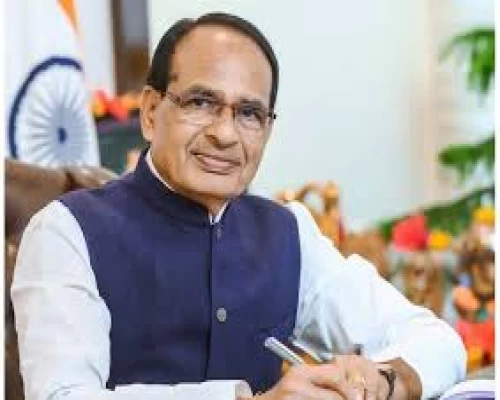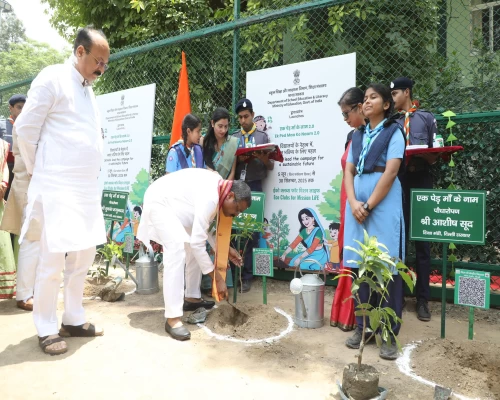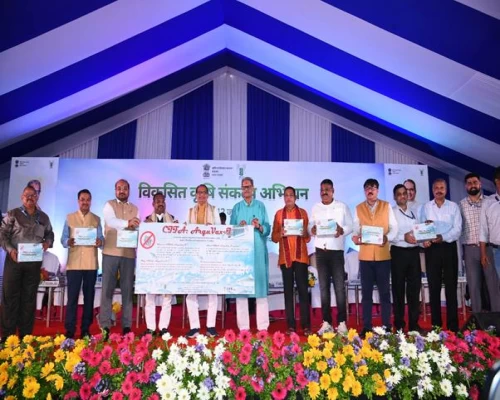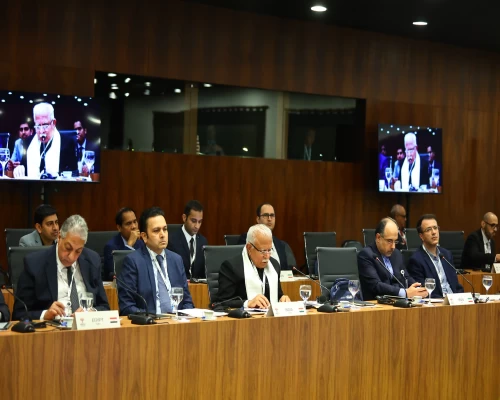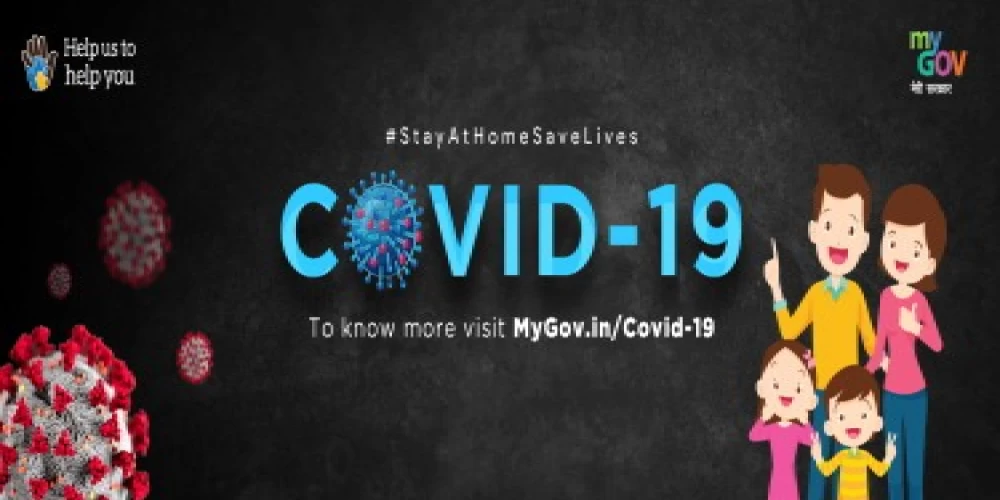
New Delhi: There have been some media reports alleging a ‘significant undercount’ of the actual number of people who have died in India due to Covid-19 in the first two waves, claiming that the final toll may be ‘substantially greater’ crossing the figures of about three million, which the Union Ministry of Health and Family Welfare (MoHFW) has denied.
In a statement, MoHFW has termed such media reports as “fallacious and ill-informed and not based on facts and are mischievous in nature. India has a very robust system of birth and death reporting which is based on a statute and is carried out regularly from the Gram Panchayat level to the district-level and state level. The whole exercise is carried out under the overall oversight of the Registrar General of India (RGI).”
“Moreover, the Government of India has a very comprehensive definition to classify Covid-19 deaths, based on globally acceptable categorisation. All deaths are being independently reported by States, and are being compiled centrally. The backlog in Covid-19 mortality data being submitted by the states at different times are being reconciled in the data of Government of India on a regular basis. A large number of States have regularly reconciled their death numbers and have reported arrear deaths in a broadly transparent manner. Therefore, to project that deaths have been under-reported is without basis and without justification,” said the Ministry.
“These current media reports on ‘significant undercount’ of the actual number of people who have died in India are based on a study which seems biased in nature as only adults with Covid-19 symptoms were captured and cannot be thus representative of the general population. There also appears to be selection bias as the survey is restricted to phone owning people who can also take out time to answer questions comprehensively. The sample could be skewed towards urban areas in that sense, where more cases were reported, and thus, have a higher reporting. They are also people likely to be more aware and have greater reporting bias.”
Referring to the data of Registrar General of India (RGI), the ministry said the study mentions that from June 2020- March 2021, zero to 0.7 per cent households reported Covid-19 deaths while from mid April to June 2021, reported deaths reached a peak of 6 per cent. This short period has been extrapolated to measure overall deaths from June 2020 to July 2021. This is clearly not a valid way of calculation as it does not take into account monthly and geographical variations
Moreover, as per the reports, increased mortality has only been captured for specific time periods of Covid-19 peaks, which may not reflect comparable figures since the pandemic is still ongoing. This may need a more through comparison and estimation based on recent data, once available, since several factors such as disease prevalence, hospitalization due to past infection or debilitating disease, infection detection rate, infection fatality rate including definition of Covid-19 deaths, crude death rate etc., may have to be factored in to deduce or gain better clarity on the numbers.
“The topic of excess deaths due to a certain cause is valid, very significant from a public health point of view and most acceptably required for better policy action and adoption of formidable, sustainable health measures. However, any rush in making the assumptions of excess deaths any time during an ongoing situation can be more of an academic exercise driven by knowledge of public health or data scientists. More logical and acceptable measures for administrative and policy making quarters would evolve from more robust government data emerging from exercises like SRS or Census data in the coming months,” added the ministry. /BI/





